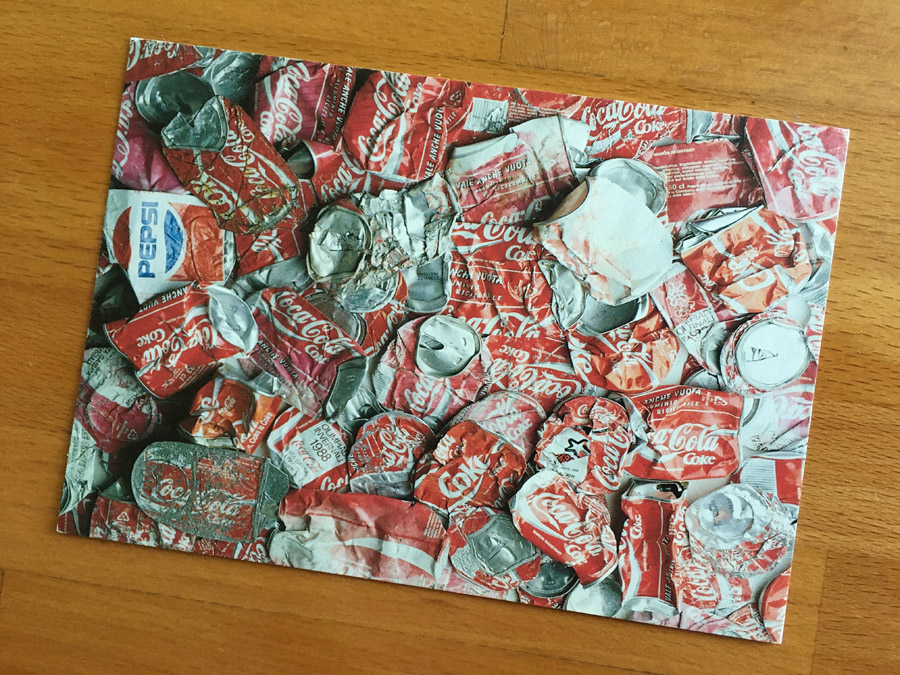Environmentally, the aluminum can was such a promising development: simple, inexpensive, lightweight, and completely recyclable. So what went wrong?
It may come as news to many, but sadly, the pure and pristine 100% aluminum can has recently picked up some rather dodgy adherents, to which it’s developed quite an attachment. Its elegant answer to the riddle of recycling has suddenly become wrapped in an enigma.
It happened when we weren’t looking. Maybe we were taking it for granted. Maybe we were too busy to notice. But as much as we love the guilt-free, quick-chilling aluminum can, soon it may be remembered as the environmentalist’s Abraham, Martin and John: one day, we’ll look around, and it’s gone.
It’s recycling, stupid
For decades, the aluminum can has been the poster child for the argument that the answer to post-consumer waste is simple: just recycle it.
The mounds of unrecycled garbage that continue to loiter on our shorelines between dips in the sea have since exposed the wishful thinking behind this argument. But aluminum cans, at least, provided a shining example of how things might have been. They’re infinitely recyclable — they have no extraneous content that requires sorting and separation, and new cans can be made without the addition of virgin material. Their aluminum content is nearly pure, and valuable enough to provide incentive for recycling. They’re lighter than glass, saving energy in transport. And consumers seem to love them.
Plastic water bottles and laminated drink boxes are loved and lightweight, too. But when their engineered, multi-material carcasses try to pass themselves off as recyclable, the aluminum can just laughs and shakes its head. It’s owned recyclable since before drink boxes were born.
Or at least, it did. If drink boxes could talk, they’d already be throwing some serious shade on its spotless reputation.
Spammity spam, wonderful spam…
Here’s what happened. Plastic, the spam of modern existence, has glommed on to the aluminum can, and it’s sticking tighter than a tick.
In the photo below, taken in 2022 in a Michigan grocery store, almost all of the aluminum beer cans have been smothered in a colorful plastic label.
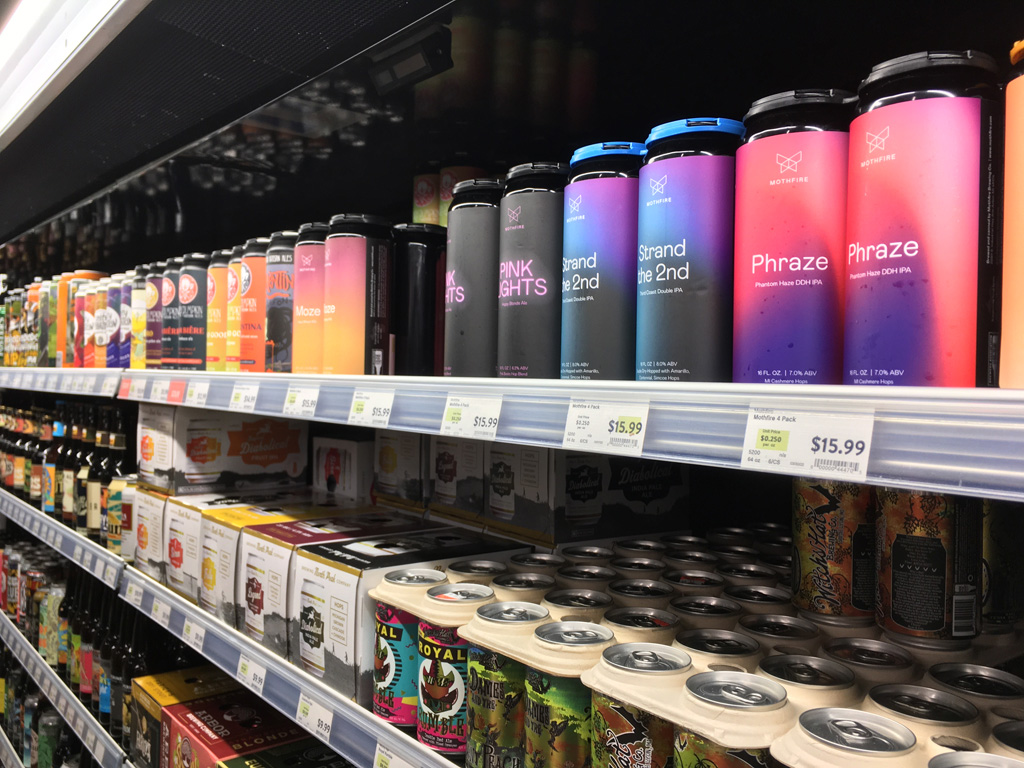
So, what’s a little plastic among friends?
The problem is that, in the recycling stream, that sticky vinyl label is a contaminant. It dilutes the value of the aluminum for recycling, and in some cases, prevents it from being recycled at all.
Based on my own measurements, a typical pint-size beer can contains about 15 grams of pure aluminum. But the label and its adhesive (also plastic) weighs about 3 grams — thus, cans that have labels are not pure aluminum, but about 17% plastic.
Why in the world would a beer producer feel the need to label its aluminum cans with a vinyl label? I keep hearing that vinyl is coming back, which is great for fans of Dion, but this is ridiculous.
They’re running out of beer names
I did some research into this question, and the answer comes down to (as we might have guessed): market forces. More suprisingly, it’s the craft beer industry that is leading the retreat.
Until recently, there was no real difficulty packaging beer from even some of the smallest breweries. Just like large brewers, those that produced very small volumes of beer could easily buy glass bottles in bulk from any of several vendors, and label them with inexpensive paper labels. They still can, and many do. But others prefer to package in cans instead, because they’re more popular with consumers — although it requires a larger production run to justify the cost of screen-printing a large order of custom-printed cans. At the same time, brewers have exuberantly expanded the number of brands and varieties that they bring to market, meaning that the average bottling run has gradually become smaller and smaller.
Aggravating this situation — or perhaps, taking advantage of it — is the Ball Corporation, the company that brought Ball canning jars to our great-grandparents. Today it has pivoted to dominate the commercial beverage can market instead, and has an effective monopoly on the cans that small brewers must use. Most recently, it has increased the minimum order for custom-printed cans, to a level that many small brewers cannot possibly afford.
In reaction, many of the small, local brewers that increasingly occupy our store shelves are now purchasing unprinted cans, to which they then apply a vinyl label. In many cases, as seen below, they even use cans that they have already had screenprinted with a generic label that identifies the brewery. They can print these in sufficient quantities, but they still need the vinyl label to identify what’s in the can.

A sticky situation
Vinyl labels are extremely tenacious, using what appears to be a polymeric adhesive that does not soak off in water (even if water could pass through the plastic). The labels are very hard to remove, without crushing or tearing the can. In states like Michigan that have a bottle and can deposit, removing the label would also remove the UPC bar code, which is necessary to redeem the can.
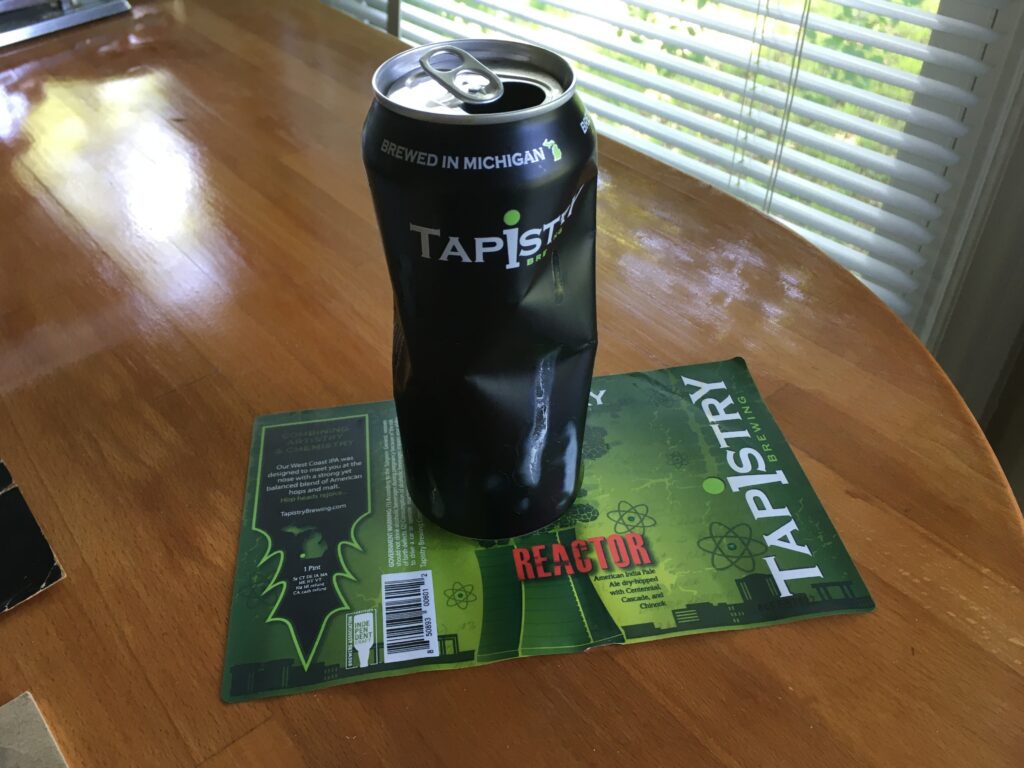
So when these cans enter the recycling stream, every 5 parts of aluminum is accompanied by 1 part of tenacious plastic. The label sometimes causes sorting machines to misidentify the can as a plastic item, meaning that the aluminum won’t get recycled, and contaminates the plastic bale to boot. If it makes it to the shredder, the plastic label can clog the shredding machines. If it makes it to the aluminum smelter, the plastic will then be combusted, creating toxic gases that may or may not be scrubbed out. Rumor has it that at some recyclers, cans with labels are culled when they are found, and sent directly to the landfill. Many more undoubtedly make their way into the melting pot.
Market forces
Oh, straight and stalwart aluminum can, savior of scrappers and redeemer of recycling — who knew that it would take regulation to keep you honest?
There are segments of our society who rather arbitrarily insist that things like this should be governed exclusively by market forces. But that would mean that the interests of the common good, and of future generations, would lack representation.
This is why regulation exists, and is often what stands between comfort and chaos. Ever see a traffic light? Regulation. Lane markings? Regulation. Ingredients on food packages? Regulation. Want to live without these things? Probably not.
At the moment, the beverage industry is receiving little regulatory guidance with regard to this matter. To my knowledge, only the province of Quebec, Canada, has prohibited the use of plastic-labeled aluminum cans in the beverage industry. Elsewhere, there is no incentive to discontinue the practice, because it has no tangible downside (for the brewer). In other words, it’s cheap and easy, and they’ll get away with it — because from their perspective, getting product into the hands of the consumer is the only thing that matters.
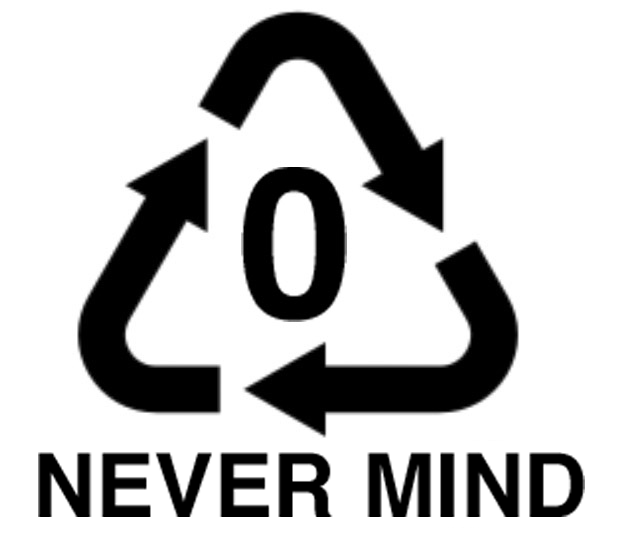
The long chain of incremental decisions that are driving the aluminum can off the rails are not subject to any particular oversight or accountability. For one, Ball Corporation’s position as an effective monopoly allows it to unilaterally enact the minimum-order policy that has led to a large portion of the market to turn to labeling in the first place. The brewers are also culpable through their decision to pass the buck by applying vinyl labels, rather than taking more difficult or costly measures such as bottling in glass. And our own consumer preference for aluminum cans over glass bottles, and our sensitivity to wafer-thin differences in retail pricing, play an essential supporting role in rationalizing that decision.
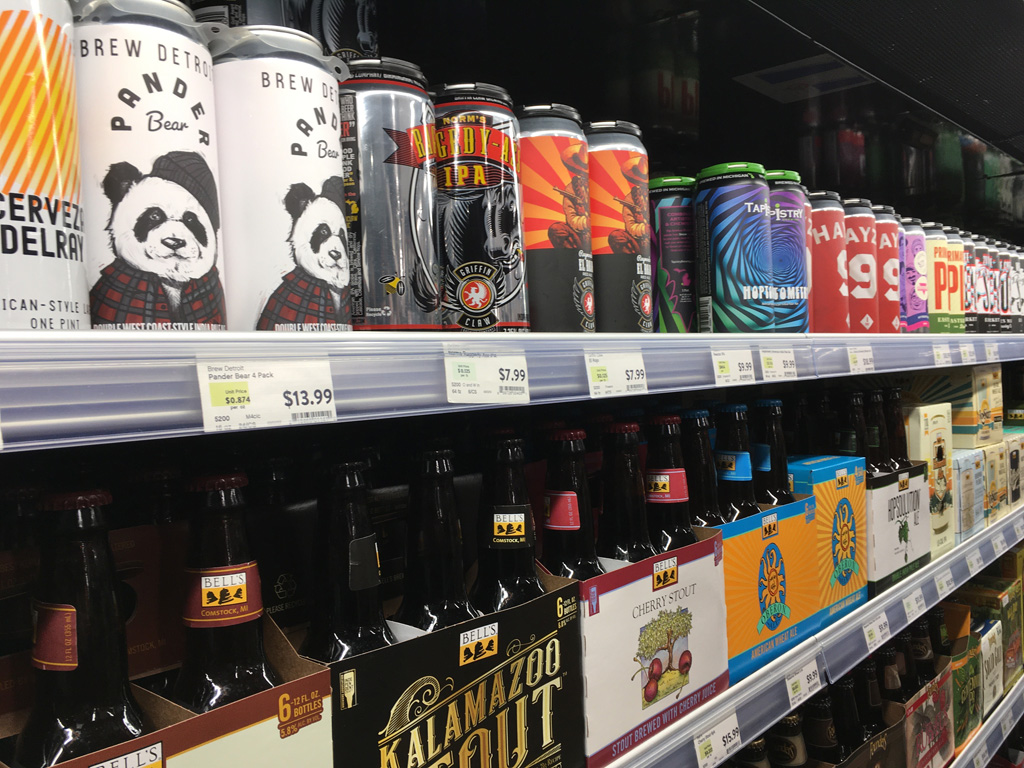
Where does the buck stop? For me, it stops at the store. Looking at this very shelf, I reasoned that it shouldn’t be too hard to find products that don’t apply a vinyl label, or that package in glass instead. And so I switched to those, and discovered some excellent new beers in the bargain.
Even considering the generous size of my beer budget, I know that voting with my dollars won’t have much of an impact. And it’s locked me out of some products that I used to enjoy drinking. But at a time when there are perhaps more local breweries to choose from than ever before, I’ve never felt a need to look back.
For those who still worship market forces, I’ll award one point, at least, for competition.
Article and photos Copyright 2022.
To subscribe to new posts, visit https://whatshallweweird.com/subscribe/
